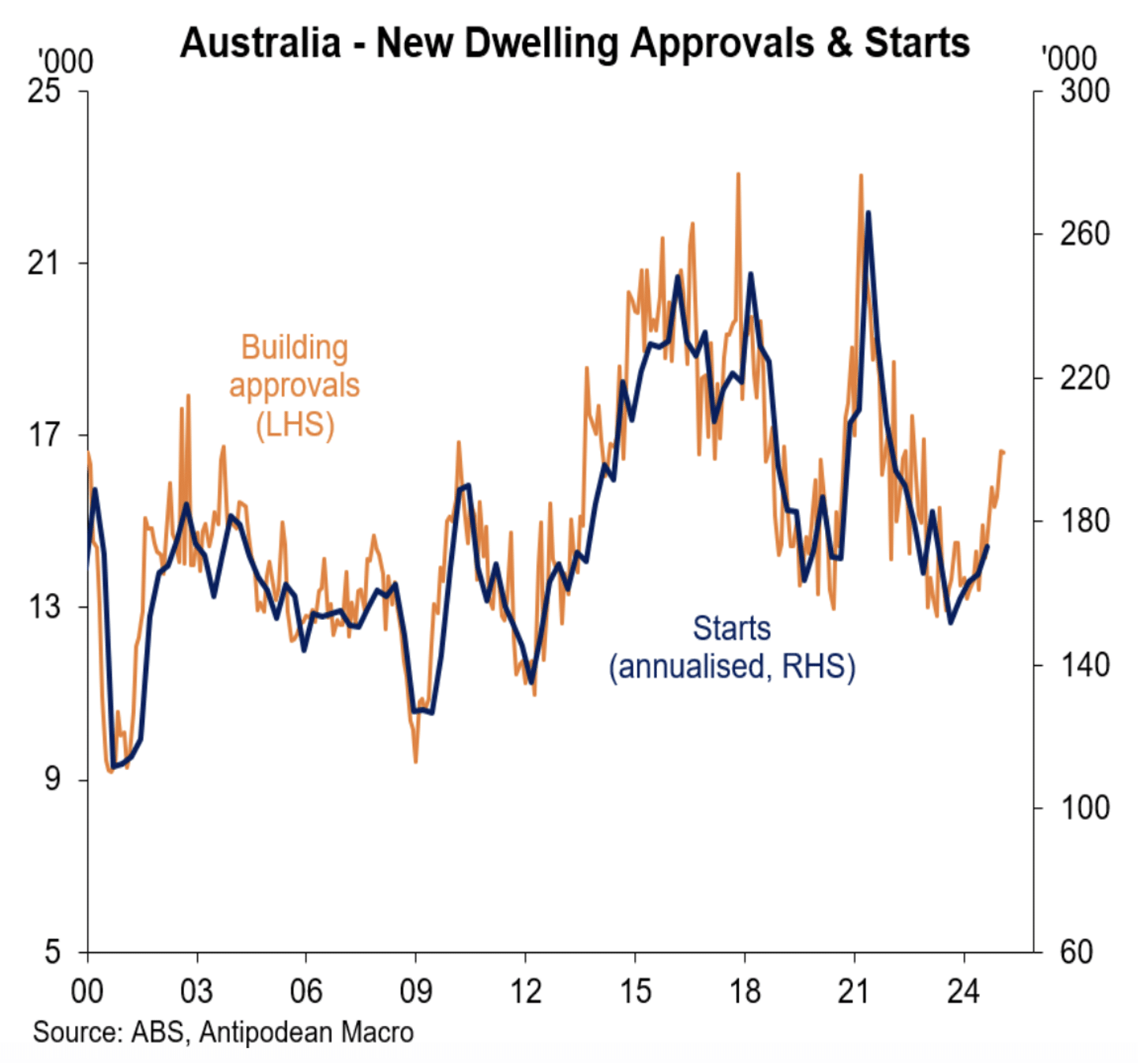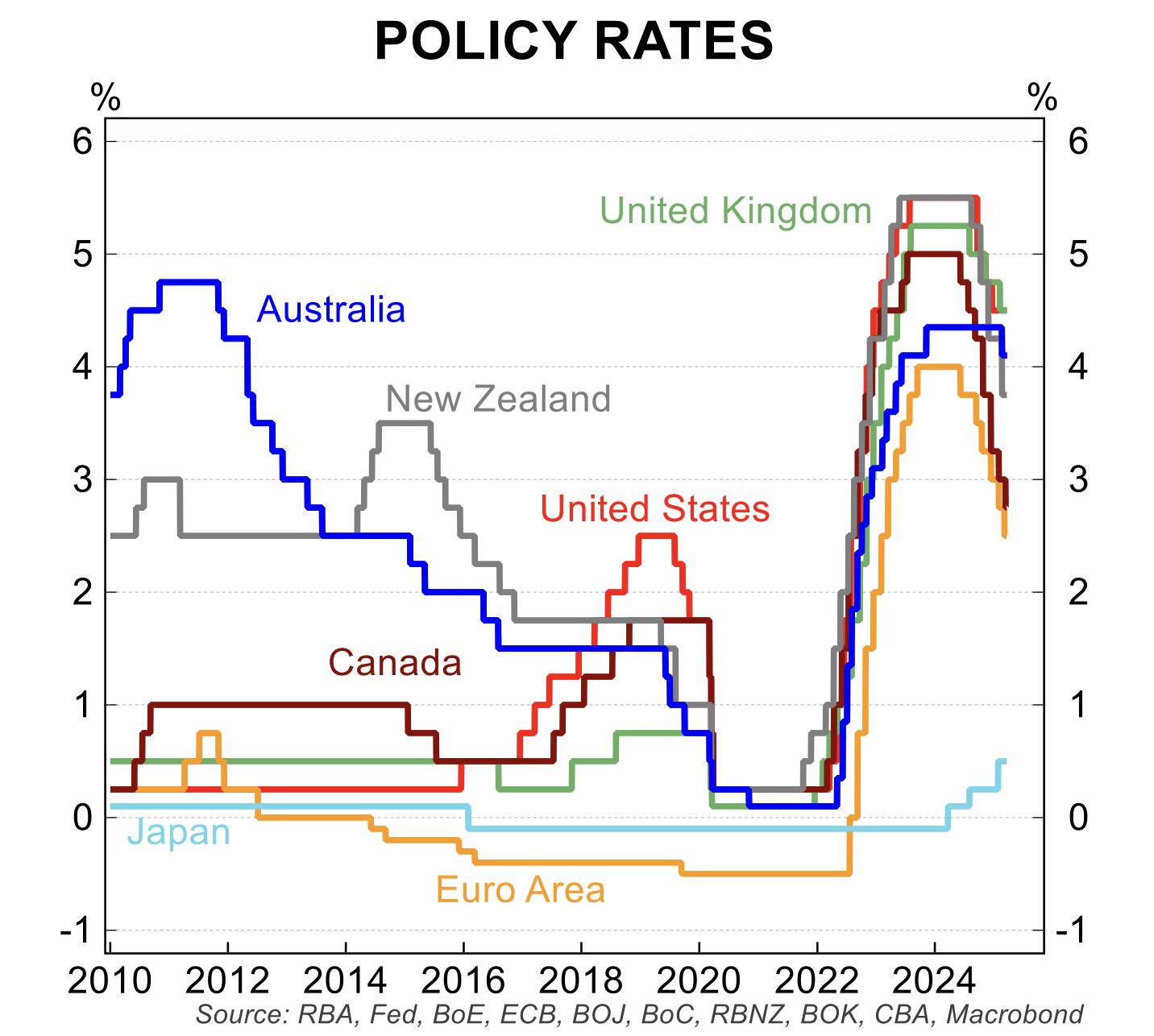In the currently inflationary environment, individuals are rightfully seeking avenues that can offer stability in volatile markets, portfolio diversification and capital preservation opportunities as well as a hedge against rising interest rates and inflation. One fast-growing asset class that can offer such benefits is commercial real estate debt (CRED). In this blog, we explain commercial real estate debt, highlight its benefits and risks, and share how alternative investing via a real estate debt – or CRED – fund can be a feasible choice for investors looking to diversify their portfolios, earn predictable and stable income and capitalise on the real estate market in Australia.
What is Commercial Real Estate Debt?
Commercial Real Estate Debt (CRED) are loans made to commercial borrowers who require funding for real estate purposes and can cover both investment and development requirements.
Loans may be used to purchase improved, developable or vacant land, or for property buildings, both completed and under construction. The land or real estate property is used as mortgage security for the loan.
A CRED investment generates determinable income from borrowers paying fees and regular interest payments on the loan. The income stream is generally predictable because the loan interest and fees are agreed upfront, so this “fixed income” is known for the duration of the loan term.

Why Invest in Commercial Real Estate Debt?
CRED is an asset class that offers compelling benefits for income-focussed investors. It has a range of unique characteristics that can help investors reap the benefits of capital security, regular, predictable and stable income and portfolio diversification. Some of the benefits of alternative property investing via CRED are:
1. CRED can benefit from rising interest rates
As CRED investments are secured over variable, or floating-rate, real property loans, they are one investment that can actually benefit from rising interest rates. As the interest rates of the CRED loans rise, so do the amount of the borrowers’ interest repayments and these increased returns are passed onto investors as regular distributions. The regularity of the interest payments of the underlying loans also means the returns are more predictable than those from equity-based property investments.
2. CRED can offer real estate investment without direct property ownership
CRED provides exposure to the property market without needing to own the assets. In the past, investors seeking exposure to Australian real estate investments were mostly only able to do so through direct or indirect equity investments. Direct property investment is especially popular among retail ‘mum and dad’ investors: data from the Australian Taxation Office (ATO) shows that over 20% of Australia’s 11.4 million taxpayers owned an investment property in 2019-20, and collectively they own 3.25 million investment properties1.
However, approximately 70% of those owners own just one property, meaning they have significant concentration risk: with a large amount of wealth tied up in one asset, it is heavily dependent on asset selection – in other words, putting all their eggs in one basket. In addition, there can be significant and often unpredictable maintenance costs, plus sensitivity to rising interest rate costs.
An investment in CRED can provide equity-like returns with debt security and can offer a more liquid investment in the property market’s opportunities compared with direct property ownership. This is because loans are relatively short term, typically 12-18 months, which means investor capital is not tied up for extended periods.
3. CRED can provide capital preservation and portfolio diversification opportunities
A CRED investment supports capital preservation in a number of ways:
- loans are typically secured by first ranking mortgages over real property, which means they have the highest ranking priority for repayment. In an event of default on the terms and conditions of the loan, a first mortgagee can enforce its security, taking possession of the property to realise its value if required. Equity investors (direct ownership) rank last in the repayment order.
- CRED loans are advanced within acceptable Loan to Value Ratios (LVRs) that are made known to the investors at the time of investment. This LVR provides an “equity buffer” to protect investors from capital losses.
- the debt-based nature of CRED means it is less affected by property price fluctuations.
A CRED investment also provides portfolio diversification and low correlation to other asset classes, including traditional fixed income and equities. CRED is unique in that it can fit into three asset classes: fixed income, property, or alternatives. An allocation to debt can also help investors diversify their investment portfolio across the capital structure, helping to reducing risk. It may be suitable for investors looking for less capital volatility than equity.
The return premium is also substantial, compared with other sources of income, and has a lower risk profile given the real property security.
Benefits of Investing in CRED Via a Fund
1. Natural diversification and risk mitigation
Investing in CRED via a fund allows investors to naturally diversify their CRED investment portfolio as the investment is spread across multiple properties across different sectors, locations, loan to value ratios and property types. This diversification helps mitigate the impact of any single property’s performance on the overall investment.
2. Professional management and expertise
CRED property funds are generally managed by experienced investment managers who oversee the entire end-to-end process from loan origination to management to repayment. This allows the investor to enjoy a low-touch alternative to property investments. The team at Zagga possess in-depth knowledge of the commercial real estate market in Australia. Our deep understanding of the Australian property market, coupled with our extensive expertise in credit due diligence, ongoing loan management and debt recovery enhances the potential for risk-mitigated, favourable returns for investors.
3. Increasingly accessible asset class
CRED has essentially been the domain of institutional investors over a long period of time. The growing popularity of CRED property funds has meant that there is growing access to the same sort of investment opportunities that institutions have had in this asset class, as there is an increasing availability of CRED property funds available to wholesale/sophisticated investors as well as CRED property funds accessible to retail investors.
Risks Associated With Investing in a CRED Property Fund
All investments carry risks. Different investment strategies may carry different levels of risk, depending on the assets acquired under the strategy. The risks associated with an investment in CRED – either directly or via a CRED property fund – include possible delays in repayment and a substantial or complete loss of income or principal invested. There is no guarantee that an investment in CRED will achieve its investment objective.
Investing in CRED – either directly or via a CRED property fund – can offer investors an avenue to diversify their portfolios, benefit from professional management, and gain exposure to the real estate market. The potential for stable income, capital appreciation, and risk mitigation make CRED an attractive investment option. However, it is crucial to consider the associated risks and perform due diligence before making any investment decision. You can read further in our Investment FAQs or if you’d like to schedule a call back please click here.




